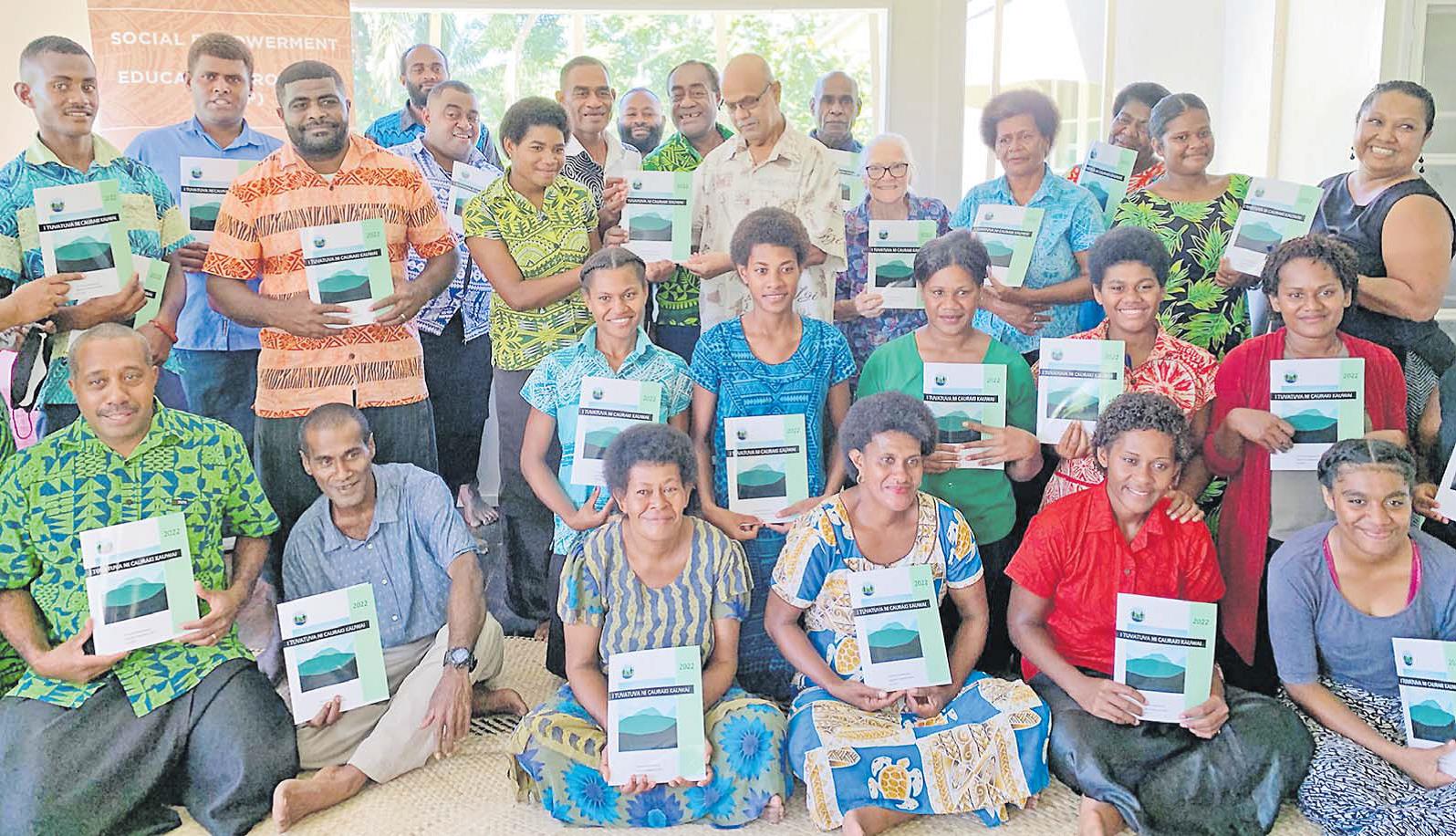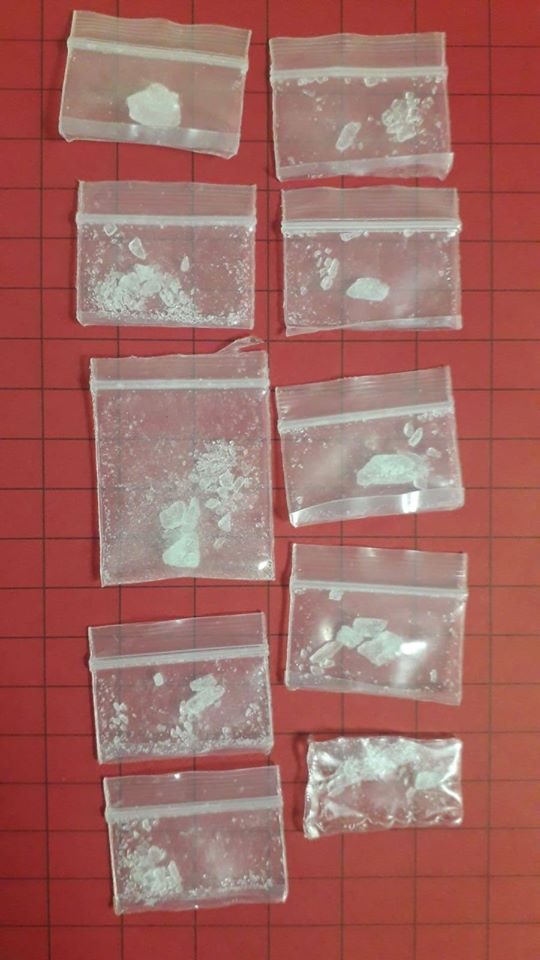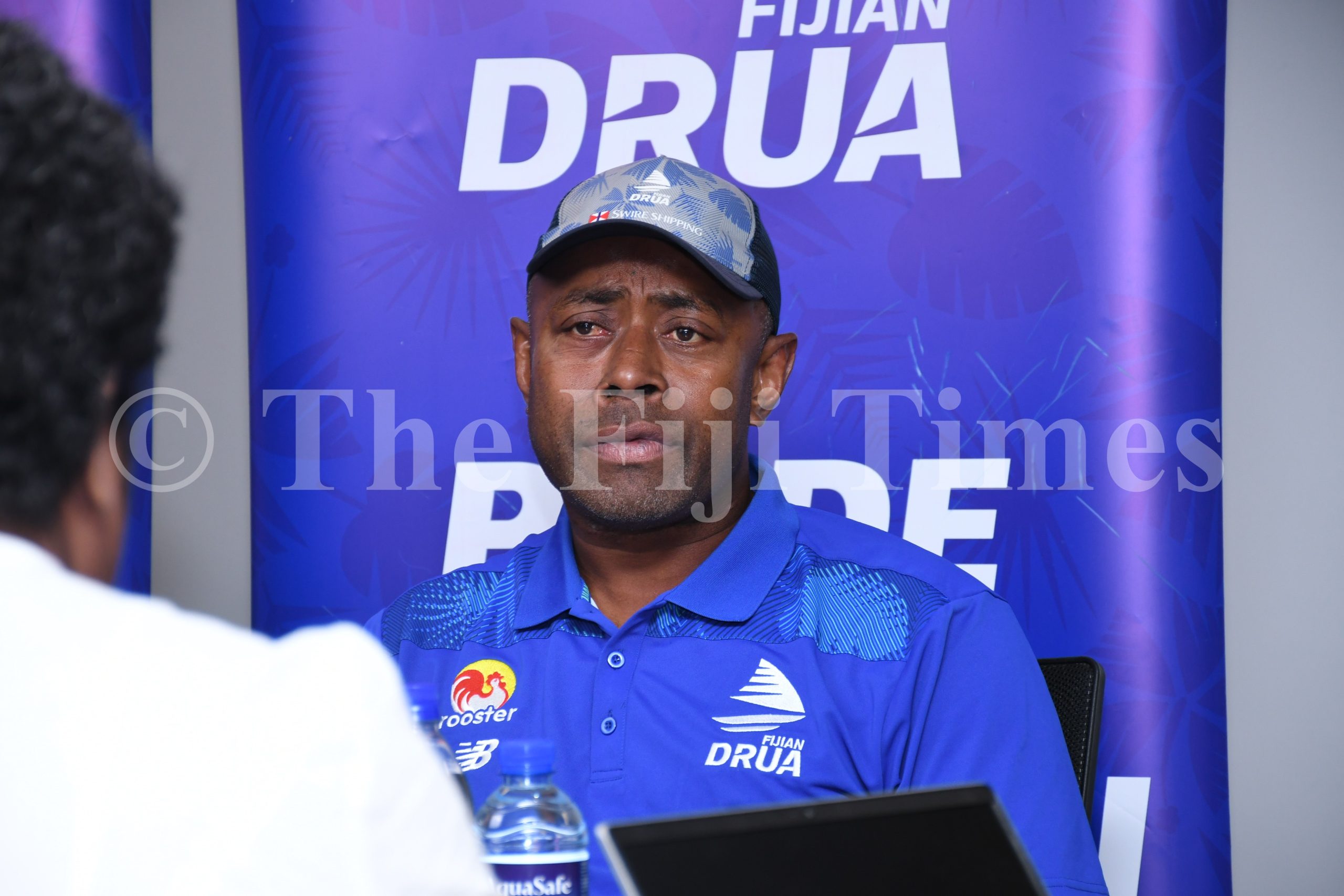The Social Empowerment and Education Program (SEEP), has launched a compliance information booklet for communities on Government’s compliance to the Environment Management Act (2005).
The booklet was a culmination of work carried out with two districts – Dawasamu and Namosi – which the organisation had closely been working with for years.
According to the SEEP director Chantelle Khan, the booklet was a result of the first research they commissioned in 2019.
“So in 2019 and 2018, we already had enough experience on the ground with the resource owners to know that in terms of awareness, there’s just a lot of misinformation.
She said the lack of awareness amongst the resource owners perhaps was about he legislative framework to do with mining, extraction and major development projects.
“And, we’re not claiming to be experts ourselves, we had to learn, we had to understand what it all meant,” she said.
“To help us to do that we commissioned the research and in 2019, we did that and it was about compliance.”
Ms Khan said there was a legal framework and they had found out the Environmental Management Act of 2005 was really good.
“We checked up with several other environmentalists in Fiji, but the thing is someone had described it, as a “Rolls-Royce in a junkyard”.
“It’s beautiful, but the surrounding is not as good, meaning that it was about the capacity of our governments to implement their own legislative framework.”
SEEP’s participation in that was to understand as much as it could about what the legislative framework looked like.
According to Ms Khan, it was because they were working on empowerment processes with communities.
It was also raising the awareness with the landowners, so they themselves were aware of what’s going on around them and they could engage as equal partners in a development project.
“So this booklet is a result of a continuation of our empowerment process to engage communities.
“There are different aspects of the legislative framework that we took here.”
She said one aspect of the booklet was on the entry points into the community, what to do, a basic outline on the environmental impact assessment and why it should be done as well as what happens to it after its carried out.
It was also about understanding if a mining or extracting license was to be given to a company, who would get it, what and who an approving authority was.
Ms Khan said there were many different approving authorities depending on the license they were applying for.
“And then we wanted to know, OK, if you have these approving authorities, than what about monitoring.
“Who will look after the monitoring because the major complaint with the resource owners is not necessarily that of compensation.
“Most of the times when it’s reported in the media, it’s as though the landowners are only after compensation, but actually it’s about damage to the environment.”
Ms Khan said the people from Namosi viewed their land as a pharmacy or supermarket where they could get all their resources from. “So the concern is about that, the affinity and the identity with the land.
“And so when damages are done to it, where do they go. Where do they take it up? And we found out that, the mechanisms may be there, but very limited.”
If the landowners were not aware of where to take their grievances or channels to follow then these mechanisms become limited as stated by the director.
The booklet was taking the legislative framework and putting it in a simple enough version which the resource owners could understand and see themselves in it.
The test run was done on the people of Dawasamu and Namosi, according to Ms Khan.
“So we had the draft and we call them in, and they spent a day here with us to correct even things like the font is too small or too complicated, or whatever it is.
“When they read through it the first thing that they said was, we’re not in it.
“There’s nothing about the iTaukei landowners in this.
“It was exactly what we found out, but we never said anything, they picked it up very fast.”
Ms Khan said they had to explain to them this was not SEEPs writing, but just translating what was already there.
“So if there’s any shift, that’s to happen, we’re aware that Mineral Resources Department (MRD) is doing a review and they’re doing the Mineral Exploitation and Exploration Bill, the MEEB, which is really long time overdue.”
Ms Khan added they were trying to find in the legislative frameworks, where the resource owners were and the best way that they could have their voices heard in, following the democratic channel and the mechanisms that were already there.
“That’s why we’re doing this in terms of compliance, ensuring that the rule of law is followed by everybody, including not just the landowners, but the company and the Government as well.”
She said SEEP would be rolling this booklet out and resource owners could engage with them.
Ms Khan clarified the invitation has to come from the community.
“So in the case of Namosi, we were invited in by some of the resource owners from I believe in 2011 or 2012.
“And it’s the same in the case of Dawasamu.
“We’ve been working in Dawasamu, but on the issue of gravel extraction, which is what it is now.”
Ms Khan said a few years ago, they were invited in by the community members who were concerned about the effect of gravel extraction on the lower parts of the community.
The people who were affected were identified to be those who were located lower down the river and towards the sea.
SEEP was invited by those communities who were all present during the launch of the booklet yesterday.
Ms Khan said once SEEP gets the invitation they go in and introduce themselves, explaining what their operations were.
“Then we leave them to make up their minds because for us in terms of empowerment process, the whole community has to agree, it can’t be one faction or another faction.
“So when they agree or they disagree, then they’ll let us know, once they let us know than we go in and we begin our work.
“And that becomes several years, it’s not just one workshop, we have to build a relationship of trust.”






